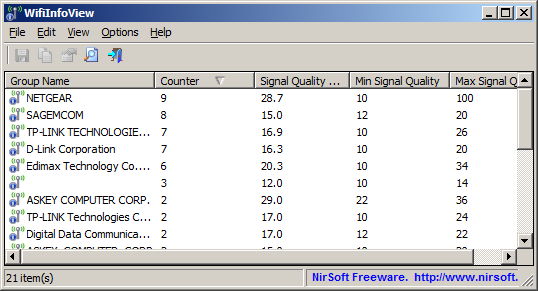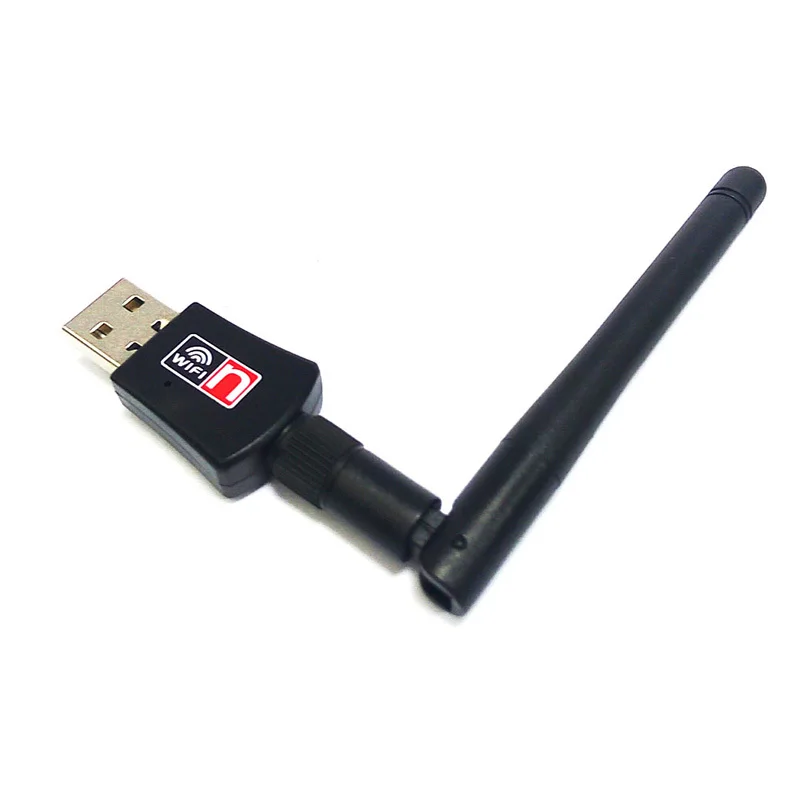The Open Fabrics Interfaces (OFI) is a framework focused on exporting fabric communication services to applications. See the OFI web site for more details, including a description and overview of the project, and detailed documentation of the Libfabric APIs. One of the easiest ways to view network adapter details in Windows 10 is to use the System Information tool, which provides details about each network interface separately. To open the System Information tool, follow the steps below: 1. Open the Start menu and type msinfo32 or “system information.” Select System Information from the results.

COVID-19 Dataset
Update: Data for January 2021 is out now!
While we are sad to be tracking much fewer aircraft these days, we have created a much requested research dataset for all flights that we have tracked since 2019. You can find more information here and the dataset here.
Relatedly, you can check out the Bank of England using OpenSky data to nowcast economic indicators in the COVID-19 crisis.
Extended: Win Prizes in the Aircraft Localization Competition
The Aircraft Localization Competition is back!
Update: Round 2 is extended! Compete on real-world OpenSky data and show your localization skills until January 31, 2021!
We have teamed up with the AICrowd data science platform to bring aircraft localization research to the next level. You can take part and win a trip to our next OpenSky Symposium among other significant prizes! Check out all information at AI Crowd: Aircraft Localization Competition and bring your submissions to advance air traffic localization.
The 8th OpenSky Symposium: November 12/13
We are very proud of our community's awe-inspiring contributions at the 8th OpenSky Symposium! You can (re-)watch the videos on our Youtube channel and now read the proceedings!
OpenSky and ATCO2 Project
We are excited to and proud to be part of a project called “AuTomatic COllection and processing of voice data from Air-Traffic Communications” (ATCO2), a project funded by European Commission under Horizon2020 framework.
ATCO2 project aims at developing automatic ATC voice data transcription system. The outcome of the project can potentially be used to make aviation safer and more efficient in so many ways.
The good news is that you, too, can participate in the project! We are looking for people to annotate and check the quality of automatically transcribed voice data.
If interested, contact us be sending e-mail to This email address is being protected from spambots. You need JavaScript enabled to view it. for further details. More info can be found from our forum and project website www.atco2.org
Join the OpenSky Network Team!
Long story short – there is so much going on around OpenSky Network, that we are in desperate need of highly motivated Software Engineers.
There are paid full-time posts available, ideally to be in Zurich, Switzerland or Tallinn, Estonia (with remote locations also possible.)
More info about the role in our forum or This email address is being protected from spambots. You need JavaScript enabled to view it.
About the OpenSky Network
The OpenSky Network is a non-profit community-based receiver network which has been continuously collecting air traffic surveillance data since 2013. Unlike other networks, OpenSky keeps the complete unfiltered raw data and makes it accessible to academic and institutional researchers. With over 20 trillion ADS-B, Mode S, TCAS and FLARM messages collected from more than 3000 sensors around the world, the OpenSky Network exhibits the largest air traffic surveillance dataset of its kind. The mission of our non-profit association is to support open global air traffic research by universities and other not-for-profit institutions.
Aircraft Database
Find and track aircraft with our comprehensive database. You can also add and update information!

Unfiltered live API
Our live API comes with Java and Python bindings, but it can be used with any language that supports JSON-based REST APIs.
OpenSky Explorer
Browse through historical air traffic with our OpenSky Explorer.
Air Traffic Statistics
See up-to-date statistics on air traffic and our network on our Network Facts page.
-->Applies to: Windows Server (Semi-Annual Channel), Windows Server 2016
This topic lists the counters that are relevant to managing network performance, and contains the following sections.
Resource Utilization
The following performance counters are relevant to network resource utilization.

IPv4, IPv6
Datagrams Received/sec
Datagrams Sent/sec
TCPv4, TCPv6
Segments Received/sec
Segments Sent/sec
Segments Retransmitted/sec
Network Interface(*), Network Adapter(*)
Bytes Received/sec
Bytes Sent/sec
Packets Received/sec
Packets Sent/sec
Output Queue Length
This counter is the length of the output packet queue (in packets). If this is longer than 2, delays occur. You should find the bottleneck and eliminate it if you can. Because NDIS queues the requests, this length should always be 0.
Processor Information
% Processor Time
Interrupts/sec
DPCs Queued/sec
This counter is an average rate at which DPCs were added to the logical processor's DPC queue. Each logical processor has its own DPC queue. This counter measures the rate at which DPCs are added to the queue, not the number of DPCs in the queue. It displays the difference between the values that were observed in the last two samples, divided by the duration of the sample interval.
Potential Network Problems
The following performance counters are relevant to potential network problems.
Network Interface(*), Network Adapter(*)
Packets Received Discarded
Packets Received Errors
Packets Outbound Discarded
Packets Outbound Errors
WFPv4, WFPv6
- Packets Discarded/sec
UDPv4, UDPv6
- Datagrams Received Errors
TCPv4, TCPv6
Connection Failures
Connections Reset
Network QoS Policy
Packets dropped
Packets dropped/sec
Per Processor Network Interface Card Activity
Low Resource Receive Indications/sec
Low Resource Received Packets/sec
Microsoft Winsock BSP
Dropped Datagrams
Dropped Datagrams/sec
Rejected Connections
Rejected Connections/sec
Receive Side Coalescing (RSC) performance
The following performance counters are relevant to RSC performance.
Interface Network Reviews
Network Adapter(*)
TCP Active RSC Connections
TCP RSC Average Packet Size
TCP RSC Coalesced Packets/sec
TCP RSC Exceptions/sec
Open Interface Network & Wireless Cards Driver Download For Windows 10
For links to all topics in this guide, see Network Subsystem Performance Tuning.
